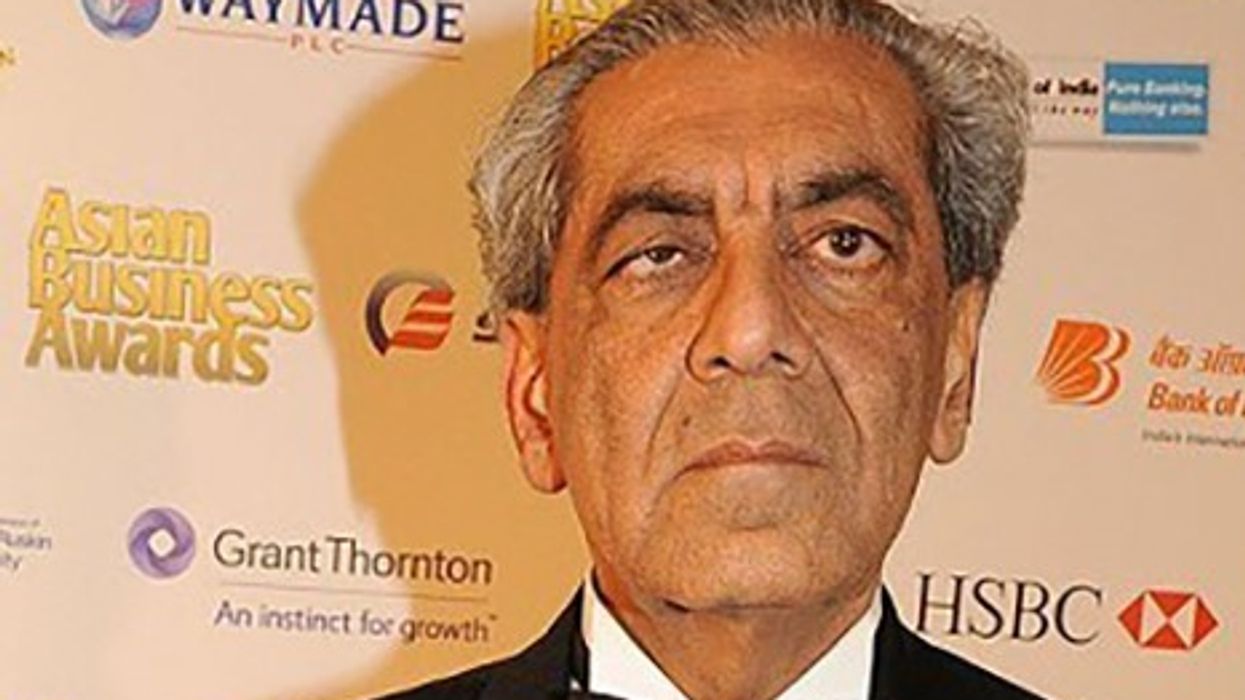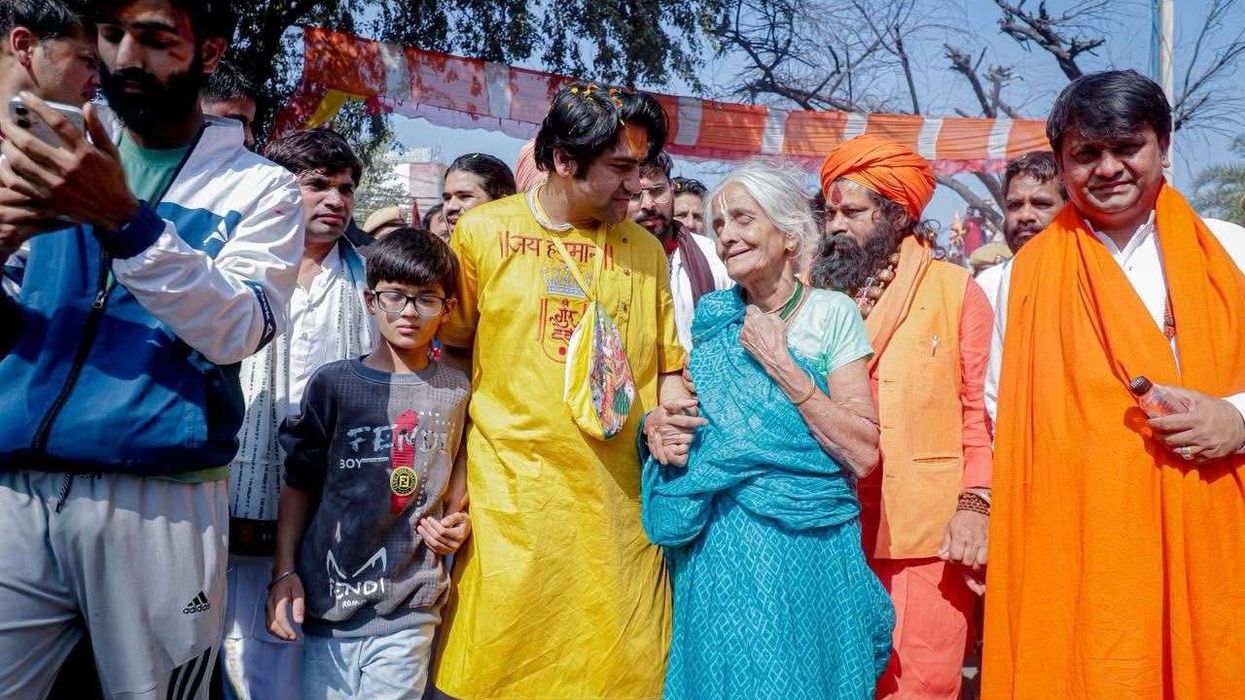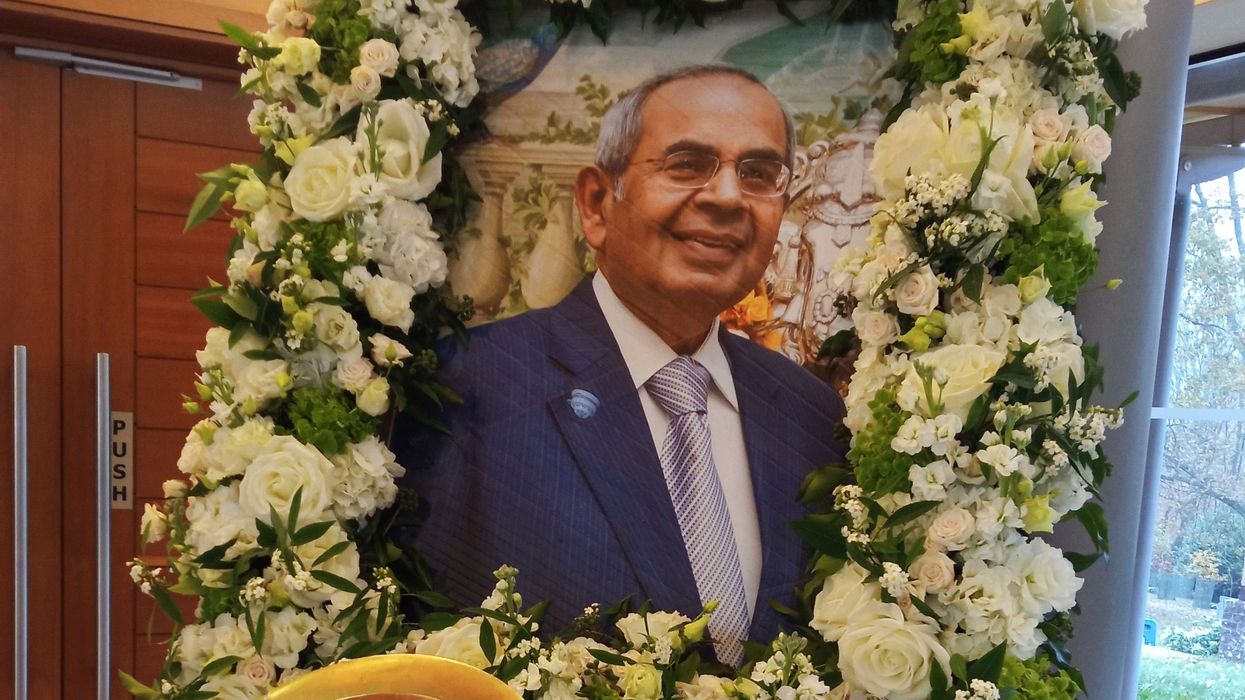The Indian High Commission in London is offering assistance with organising accommodation for Indian nationals stranded in the UK in light of India''s ban on travellers from the UK and Europe over coronavirus pandemic.
The organisation had already set up an email system for Indian passport holders to get in touch with details of their situation and has continued to field hundreds of calls and social media messages from Indian professionals and students desperate to return home.
“High Commission can help you with accommodation. You may let us have your location by email at info.london@mea.gov.in. We will give you further advise by email,” the mission said, in response to pleas for help.
“The High Commission continues to engage with the UK authorities on guidance for Indians in the UK whose visas are due to expire but are currently unable to leave,” notes its latest advisory.
Among those seeking help is an animator and graphic designer who is among a group of four Indian professionals, who say their confirmed tickets to return to India were automatically cancelled as the ban came into effect from Wednesday.
“Now without jobs and savings how are we gonna survive in here,” he says.
“I know this is a dynamic situation, however it is pretty disappointing to see that we still do not have a decision from UK authorities for people stranded in the UK. Chinese nationals have received an automatic extension of visas, why are we not following the same model,” adds a senior business analyst from Leeds.
There are others keen to know if they would be able to travel back to India after March 31, the current deadline for India’s travel ban. However, there is an increasing fear that the travel ban would be further extended given the rapid spread of the Covid-19 pandemic, which has claimed 144 lives in the UK.
Meanwhile, student groups have continued to rally around to help Indian nationals through the crisis and called on the UK Home Office to help those stranded with the additional worry of an expiring student visa.
“We have set up a team to specifically provide guidance and support to all students in the UK in these unprecedented times. We are getting queries linked to health, travel and accommodation and even loneliness,” said a spokesperson for the Indian National Students Association (INSA).
“We request both the Home Office in the UK and the High Commission of India to work together, especially for students whose UK visa is set to run out by the end of March,” the spokesperson said.
Universities across the UK have said they are mindful of the plight of international students, many of whom have nowhere to go as campuses go into shutdown.
“Universities are particularly mindful of international students who are separated from friends and family and may be unable to travel because of the pandemic. Universities will continue to do all they can to support those remaining on campuses and keep them safe, and are regularly communicating with students and staff to provide them with timely and accurate information,” said Alistair Jarvis, chief executive of universities UK, the representative body for UK universities.
Meanwhile, the UK remains under strict social distancing conditions, with the government imposing curbs on all non-essential social contact and travel as the number of confirmed coronavirus cases in the country hit 3,269.





 The idea was simple yet ambitious: build a platform that provided authentic, well-researched information AMG
The idea was simple yet ambitious: build a platform that provided authentic, well-researched information AMG One of his most frequent recommendations: track every rupeeAMG
One of his most frequent recommendations: track every rupeeAMG From building communities around cars to transforming how young Indians perceive moneyAMG
From building communities around cars to transforming how young Indians perceive moneyAMG






